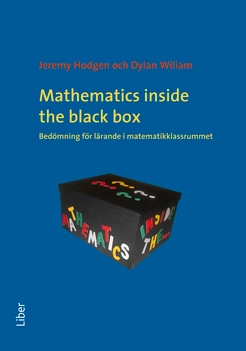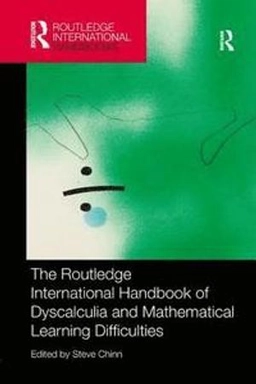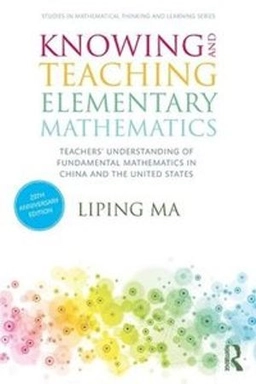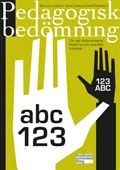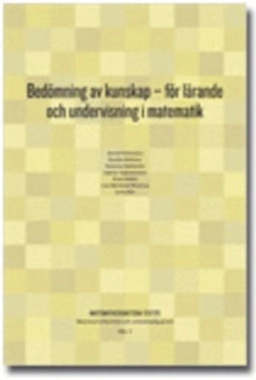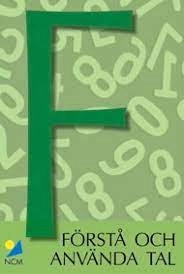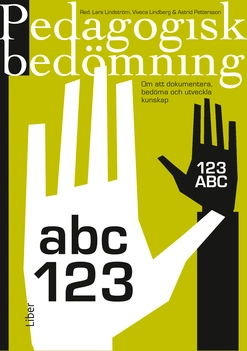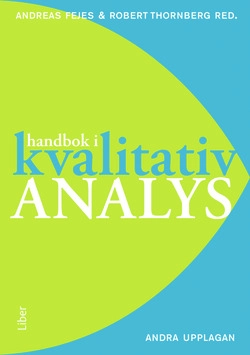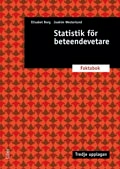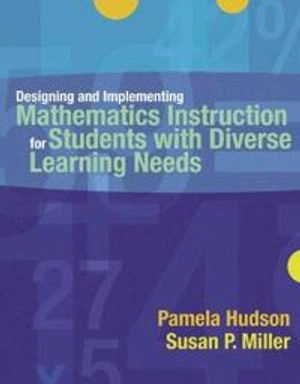

Designing and implementing mathematics instruction for students with diverse learning needsUpplaga 1
- Upplaga: 1a upplagan
- Utgiven: 2006
- ISBN: 9780205442065
- Sidor: 608 st
- Förlag: Pearson/Allyn and Bacon
- Format: Häftad
- Språk: Engelska
Om boken
Åtkomstkoder och digitalt tilläggsmaterial garanteras inte med begagnade böcker
Mer om Designing and implementing mathematics instruction for students with diverse learning needs (2006)
2006 släpptes boken Designing and implementing mathematics instruction for students with diverse learning needs skriven av Pamela Hudson. Det är den 1a upplagan av kursboken. Den är skriven på engelska och består av 608 sidor. Förlaget bakom boken är Pearson/Allyn and Bacon.
Köp boken Designing and implementing mathematics instruction for students with diverse learning needs på Studentapan och spara pengar.
Referera till Designing and implementing mathematics instruction for students with diverse learning needs (Upplaga 1)
Harvard
Oxford
APA
Vancouver
